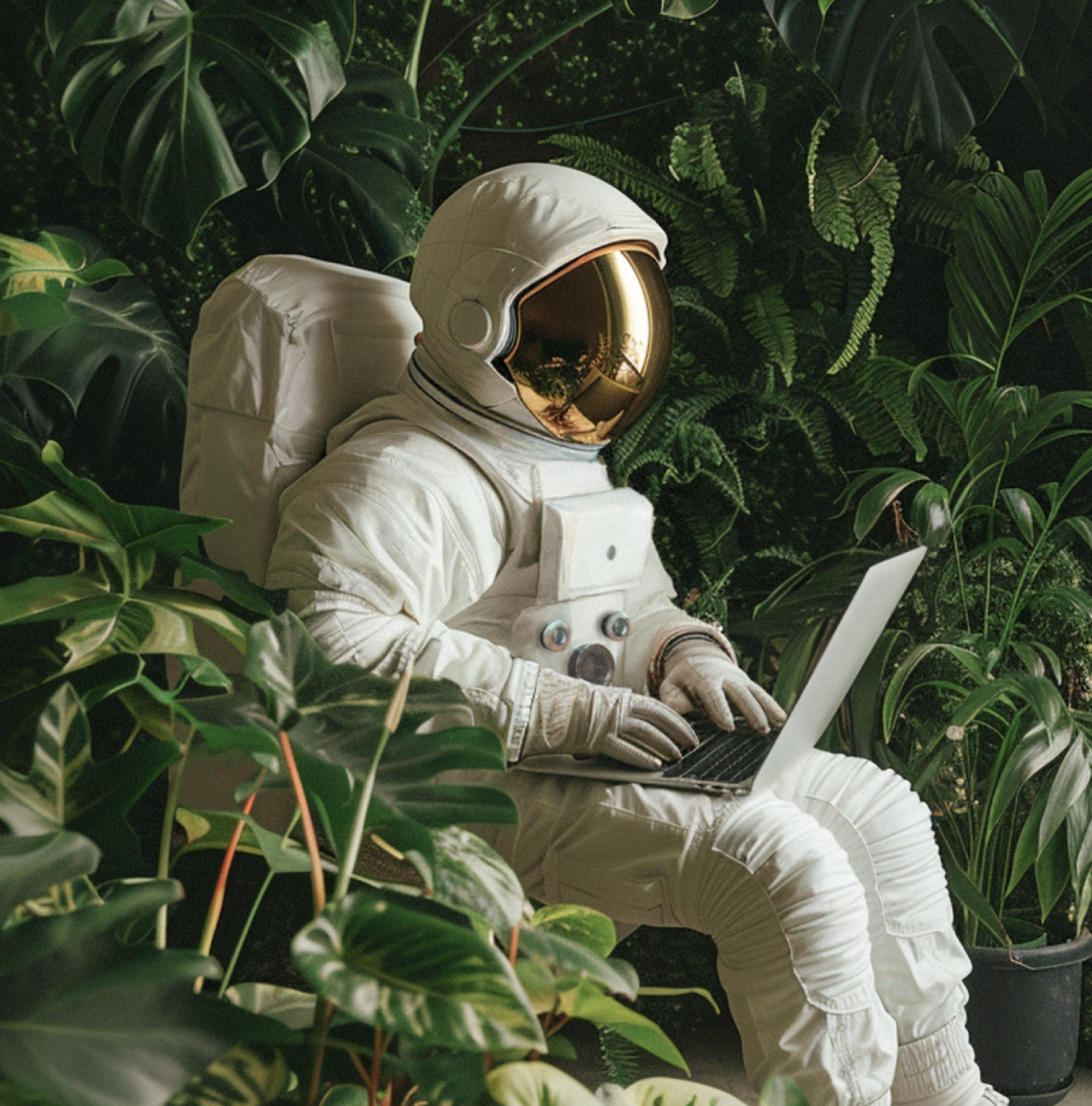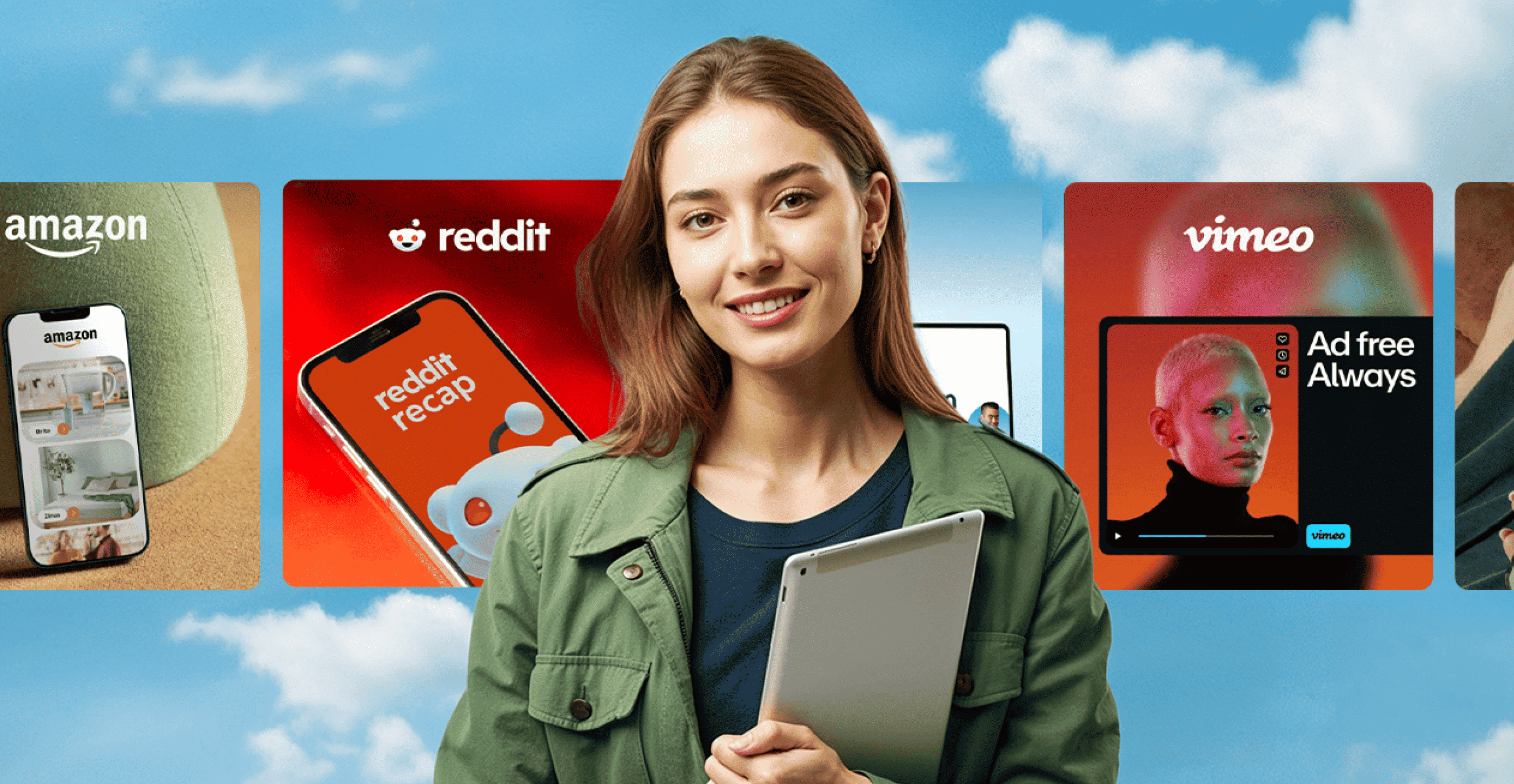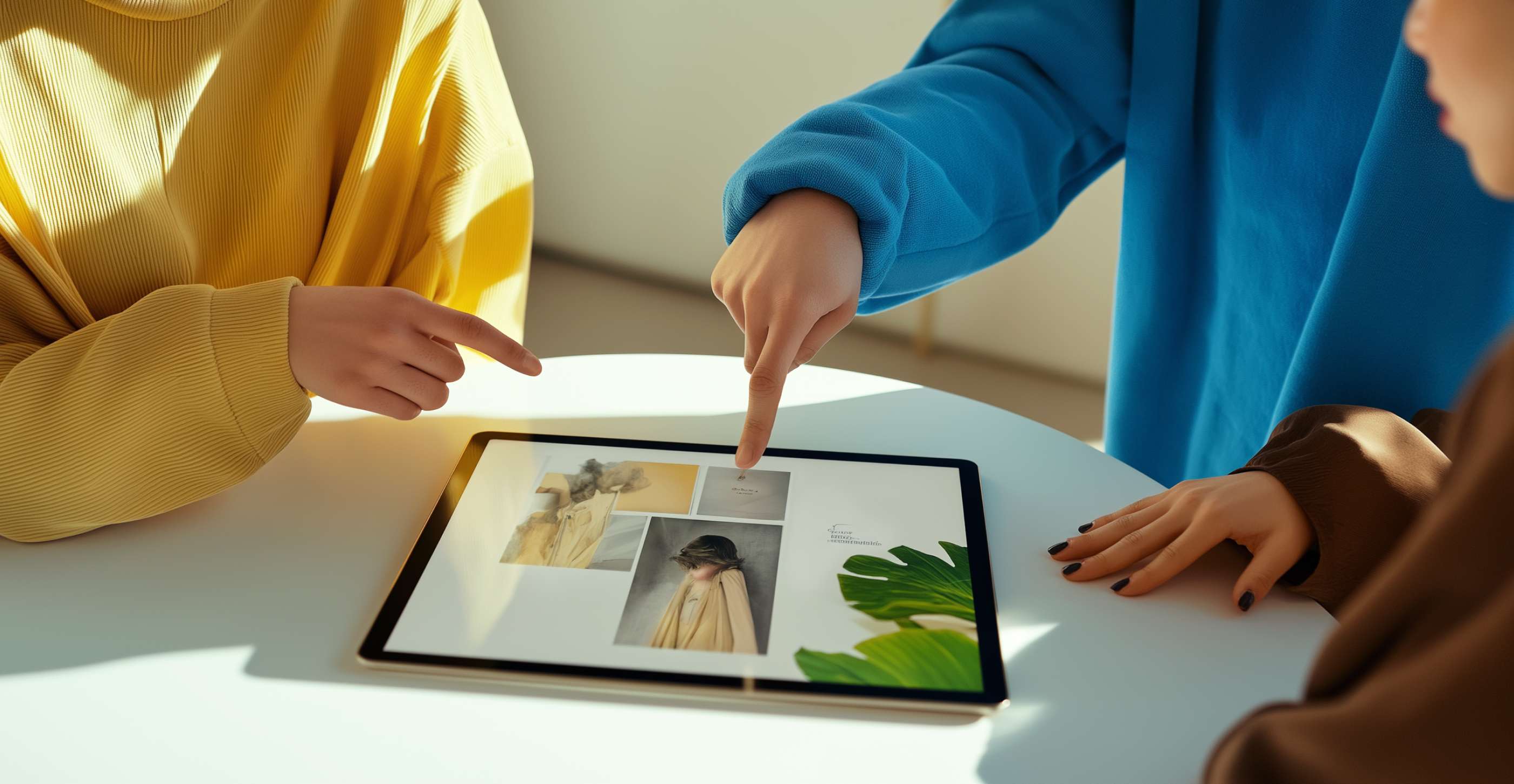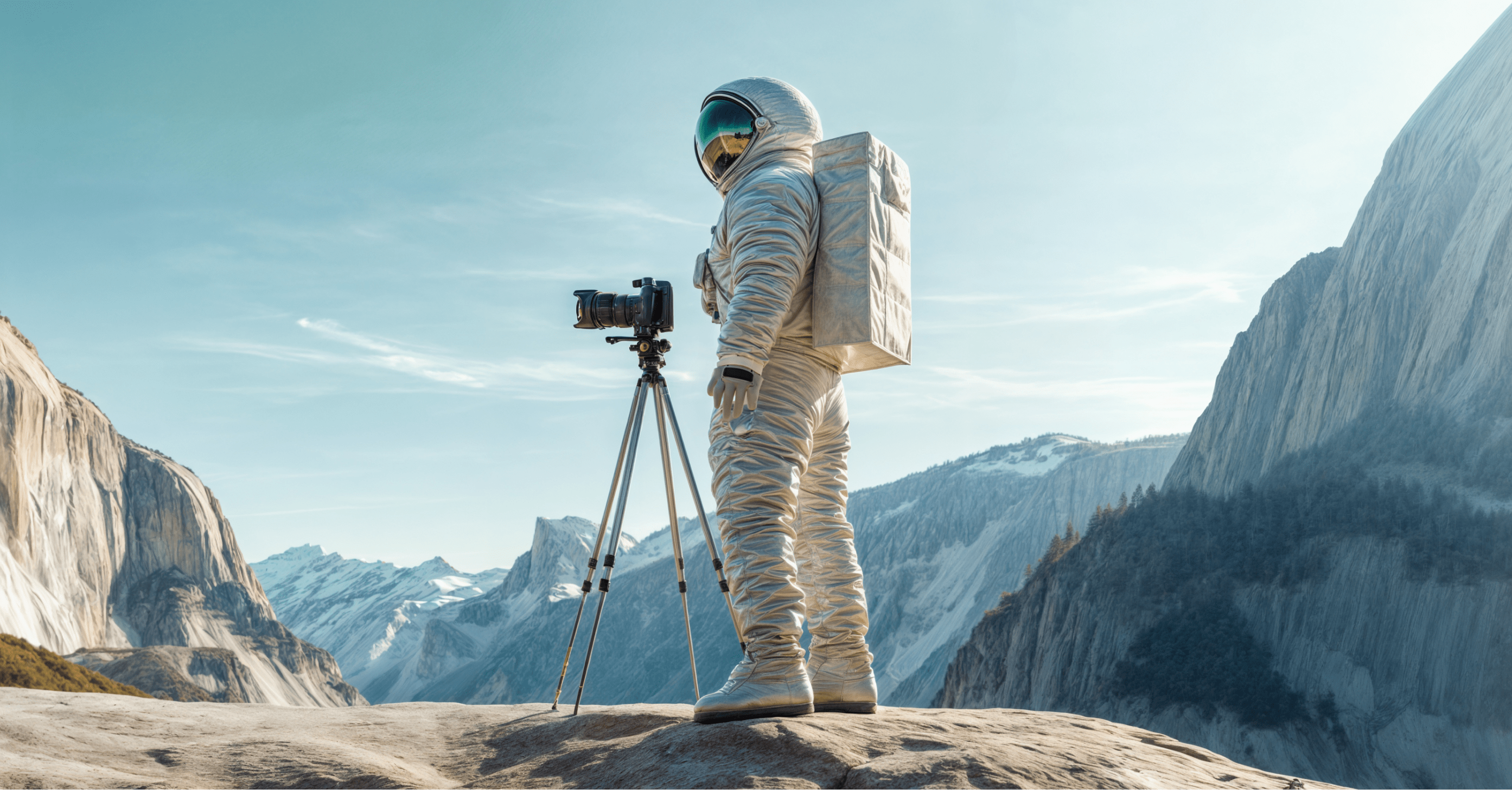5 Major Design Events from 2018 and 5 Trends to Follow


As the twenty-first century gets ready to leave its teens and enter its twenties, the world finds itself in a state of flux and evolution. We’re growing out of our digital adolescence and getting a handle on what life in a hyperconnected, tech-centric world looks like. Which means graphic design, more than ever before, is at the forefront of everything we do. From the ubiquity of screens to the rise of augmented reality and holograms, design permeates every aspect of our lives. Users interact with a brand across multiple platforms, formats, and devices.
There is a direct correlation between well-executed design and strong business growth. As Forbes points out, “design encompasses more than just visuals on the screen or in print -- it embodies the message and vision of an organization. Affecting virtually all aspects of customer and brand experience, from product development to customer service.” What’s more, Adobe's State of Create 2016 report reveals that 59% of respondents choose to do business with a company over one of its competitors based on good design, and 45% have paid more for a product or service with good design. In that same report, 46% of respondents said they would not purchase from a brand if it has a poorly designed website or mobile experience and 50% admit they judge companies based on the quality of their marketing materials.
For businesses, this means that instead of just talking about branding, we’re talking about building experiential ecosystems with a lot of moving parts. For designers, that means thinking in terms of experience that goes beyond responsive design, consistent branding, and individual interactions. A user experience ecosystem is a set of interdependent relationships between components in both digital and physical spaces. As we switch between devices and spaces, we expect everything to synchronize and flow. Design has to be recognizable, fluid, and adaptive. The trends in graphic design that will take us into the next decade are vibrant, future-oriented, and exciting.
Here’s a look at 5 major design events from 2018 that have implications for the future of design, and 5 design trends to follow in 2019 and beyond.
2018: Netflix Sans
In 2018, Netflix unveiled a new custom typeface they would be implementing across their brand identity. Developed by their in-house team in partnership with foundry Dalton Maag, the company’s move away from Gotham to a bespoke font was driven by both brand identity and escalating costs. Font licensing isn’t cheap, especially for a global business like Netflix. By using a font they own, the streaming giant also adds another unique element to their UX ecosystem. The new typeface is clean and neutral with a bit of a cinemascopic flair reminiscent of the brand’s wordmark.
Netflix isn’t the first mega-brand to switch to a bespoke font to save money and bolster brand identification. Nokia created “Nokia Pure” in 2011, earning them the win in the Graphics category at the Design Museum’s Designs of the Year in 2012. Google and Apple both made the switch to custom typefaces with Samsung right on their heels. BBC News, USA Today, YouTube, and Amazon have also gone custom. With so many companies expanding to multiple platforms, markets, and ventures, brands will likely continue to switch to proprietary fonts to save money and create holistic user experiences across platforms and digital/physical spaces.
2018: Lacoste Swaps the Croc for Ten Endangered Species
In March of 2018, Lacoste gave its famous crocodile a break for the first time in the company’s history. The French fashion brand replaced the iconic croc with 10 endangered species for a limited edition run as part of their Save the Species initiative, a three-year partnership between Lacoste and the International Union for Conservation of Nature (IUCN) to support and raise awareness for endangered animals. The ten animals chosen all face the imminent threat of extinction and the number of shirts released for each animal correlates with the number of animals that remain in the wild. For example, 450 shirts feature Anegada Rock Iguanas while only 30 shirts are embroidered with the Vaquita porpoise. 1,775 shirts were produced in total, selling for between 150-180 Euro, the proceeds from which benefit each species’ conservation.
Brand activism is usually high risk, high reward depending on the concept strength and how it connects with people. Some campaigns, especially those that venture more into political hot-button issues, risk alienating some demographics even as they win over others. While sometimes controversial, brand activism is on the rise and you can expect to see more of it over the next few years as companies tap into consumers heightened socio-political awareness.
2018: A Dragon Takes Home a Sports Emmy
For the first time in history, a video game company won a Sports Emmy for Outstanding Live Graphic Design. Riot Games won the award for their opening ceremony design for the League of Legends 2017 World Championships in China. They were up against Eleague, NBA All-Star Weekend, the NBA Finals, and ESPN/ESPN2’s college basketball. The element that bagged them the win? A dragon that appeared to fly in above the stadium and land on the stage among the dancers. The dragon makes his appearance around the 9:30 mark in the video and it’s impressive, to say the least.
With the rapid advances in augmented reality technologies and applications, you can expect to see more amazing, live graphic design like this on the horizon. Most recently, rapper Travis Scott appeared to make his entrance to the Super Bowl LIII halftime show via a CGI comet that appeared to fly over Atlanta’s Mercedes-Benz Stadium and crash into the stage where he performed in a flaming crater. At this rate, we may well see a dragon join the Game of Thrones cast on stage at the 2020 Emmys.
2018: Digital Only Outdoors Outfitter Gets Actual Doors
Huckberry, a San Francisco based, men’s outdoor clothing retailer has been doing business in cyberland for over a decade. Last year, they stepped off the screen into the real world. In November of 2018, Huckberry opened a popup location in New York City’s West Village that focused on an immersive, storytelling experience centered around combining what they call “actionable adventures” with their products. Huckberry offered seven different adventure itineraries that range from a local “West Village Drinking Tour with Jack Kerouac” to more ambitious trips like “72 Hours in Iceland.” The stores carried an edited selection of men’s apparel, footwear, and gifts targeted to each itinerary.
This meant extending their branding and design into real-world spaces. As any designer will tell you, this can be tricky. Some fonts and colors look better on a screen than they do in real life and vice versa. Many exclusively online retailers are making the jump from cyber-space to brick-and-mortar space for both temporary and permanent engagements, so finding brand identities that translate well in both spaces will be critical in the years to come.
2018: Dunkin' Drops the Donuts
Don’t worry, they still serve their signature pastry, but in 2018, Dunkin' Donuts dropped the word Donuts and the coffee icon from their logo in favor of a simplified word mark that simply says “Dunkin.’” The choice was driven, in part by the company’s overall effort to shift customer perception of the chain from a morning coffee stop to an any time of day destination. In addition to their logo, Dunkin’ is redesigning their locations to project a more upscale feel and highlighting their expanding menu options.
Simplifying their logo is part of a larger trend that sees companies opting for logos that scale well for even the tiniest of icons on smaller screens. Iconic brands like Century 21, Google Ads, the ACLU, Animal Planet, and even Mastercard have all recently updated and simplified their logos in favor of clean lines and high visibility.
Trending: Cinemagraphs
As marketing tools go, cinemagraphs still have that shiny, new toy feel and they’re just rare enough to really grab your attention. Described as an “animated gif for adults,” cinemagraphs are photographs that include a subtle motion, playing in a seamless loop while the rest of the image remains still. The result is an eye-catching, beautiful image with more subtlety than a gif or a boomerang. Whether they capture the ripple of fabric in the wind, the flicker of a candle flame, or the flap of a butterfly’s wings, cinemagraphs appear to be living photographs and are rapidly becoming a favorite medium for artists to expand their creativity and marketers to catch consumers’ eyes in micro-moments from Instagram and Facebook to luxury retail sites.
Trending: The Serif Strikes Back
After years of sans serif fonts dominating design, we’re finally seeing the resurgence of beefier, buxom serif fonts. Sans-serif and hand-drawn fonts will continue to be widely used, especially in digital design, but as custom typefaces become increasingly popular, brands are looking for fonts with more personality and character. Enter the serif; seen as smart, quirky, and classy with a touch of a vintage feel. You can expect to see more serifs in logomarks and headers.
Trending: Open and Asymmetrical Compositions
Designers are throwing frames out the window and tossing the traditional design grid in favor of open compositions that embrace white space and leave some elements to the imagination. These designs will focus more on detail and suggestion with greater movement and flow than some of the more rigid, clear design stories we’ve seen in years past. As design tools evolve, designers are looking to create work that feels more bespoke, more alive, and more custom. These compositions embrace the unexpected, drawing the viewer in and engaging them in new and interesting ways.
Trending: 3D Design
Three-dimensional design isn’t exactly new, but it is blowing up in popularity both in elements as well as typography. Bold 3D statement designs will be prominent this year. As design technology rapidly advances, designers are increasingly able to create immersive 3D masterpieces that jump off the screen and draw the viewer in. Typography is getting a 3D makeover as well with stunning creations entering the design space as central visual elements in their own right.
Trending: Bright Color Palettes
Every article detailing design trends of the moment mentions loud, bold colors. With so many brands, products, and people constantly competing for our attention, meek washed out color palettes are getting left in the dust. Bold, eye-catching colors are the choice du jour, though that doesn’t necessarily mean dumping out the whole crayon box and going nuts. Carefully selected color pops and even monochrome and duo-chrome designs are great ways to make an impact in a big way without overwhelming the viewer, muddying the finished product, or sacrificing design for flash.
Services for a Design-Centric World
Good design is no longer an option for any brand that hopes to thrive in the digital world. Brand recognition and user experience demands quality design work that transitions well across platforms, devices, and spaces. You need design that functions as well in the physical as it does digitally. Unfortunately, finding qualified, quality designers is a challenge. Keeping designers in-house is often prohibitively expensive and utilizing an agency is time consuming and not much cheaper in the long run. Enter Superside. We employ a global network of designers from all over the world and our process is simple, straight forward, and cost-effective. Our designers are hand selected and working on the cutting edge of design. You will work with a dedicated account manager who will pair you with the right designer for your project and needs. We have specialists to help with every aspect of your design needs while minimizing both your cost and time spent on a project. At Superside, the future of design meets the future of work. Let us bring your brand into the future.
Built to be an extension of in-house teams, we deliver fast, scalable, world-class design and creative solutions to over 450 globally renowned companies such as Amazon, Meta, Salesforce and Google. Connect with us on LinkedIn.
You may also like these

25 best multichannel brand campaigns in 2025 for inspiration
The evidence is clear: Multichannel marketing works.In fact, recent research reveals that 95% of marketers believe that integrating multiple marketing channels in ad campaigns improves audience targeting, according to industry. Companies with strong multichannel marketing campaigns experience a 9.5% rise in annual revenue and 91% higher customer retention rates.With so many top campaigns and great ideas out there, you might be wondering what can work best for your business this year, based on marketing goals, your industry and who's able to scale as much as you need.A leading creative subscription service like Superside offers a powerful way to grow your business with speed and efficiency, as we have done with top brands and enterprises for years now.Of course, taking inspiration from others is a wise place to start. Work through this curated list of creative ad campaign examples to find ideas for your next campaign.
13 principles of design: A visual guide from Superside (2025)
Design is everywhere. It influences everything from our pyjamas to our jeans, from our cities’ layouts to our homes.But what makes a design “good?” Why do some designs attract us while others make us feel queasy? Is there a science behind the art, or is it just intuition?If you’re facing a design quandary, this comprehensive guide for enterprise design teams will give you a deeper understanding of design principles. Ultimately, it can help you enhance and elevate your visual communication, branding and marketing strategies.We cover the elements and principles of design, and include clear graphic design examples to illustrate these concepts.Grab that coffee. It’s time for a design deep dive.
15 Corporate Presentation Design Ideas & Services for 2025
Compelling presentations are deal-makers: They captivate audiences and drive decisive outcomes.In fact, the visual storytelling research is pretty convincing. 85% of people remember what they observed in a presentation three hours later, compared to 70% who recall what they heard. After three days, 60% remember the images, but only 10% remember the spoken content.Your presentations must be first-rate. They should simplify complex ideas, showcase information in an easy-to-grasp way, and tell persuasive stories.As an industry leader in corporate presentation design, Superside combines innovative tools, creative expertise and strategic thinking to craft professional visual stories for customers worldwide.You'll find the info on this page invaluable if you’re looking for the best enterprise presentation design service. Superside’s team shares a few killer corporate presentation design ideas to help you lift your game.






